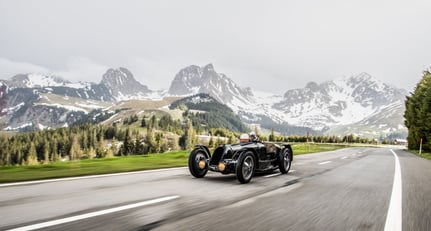
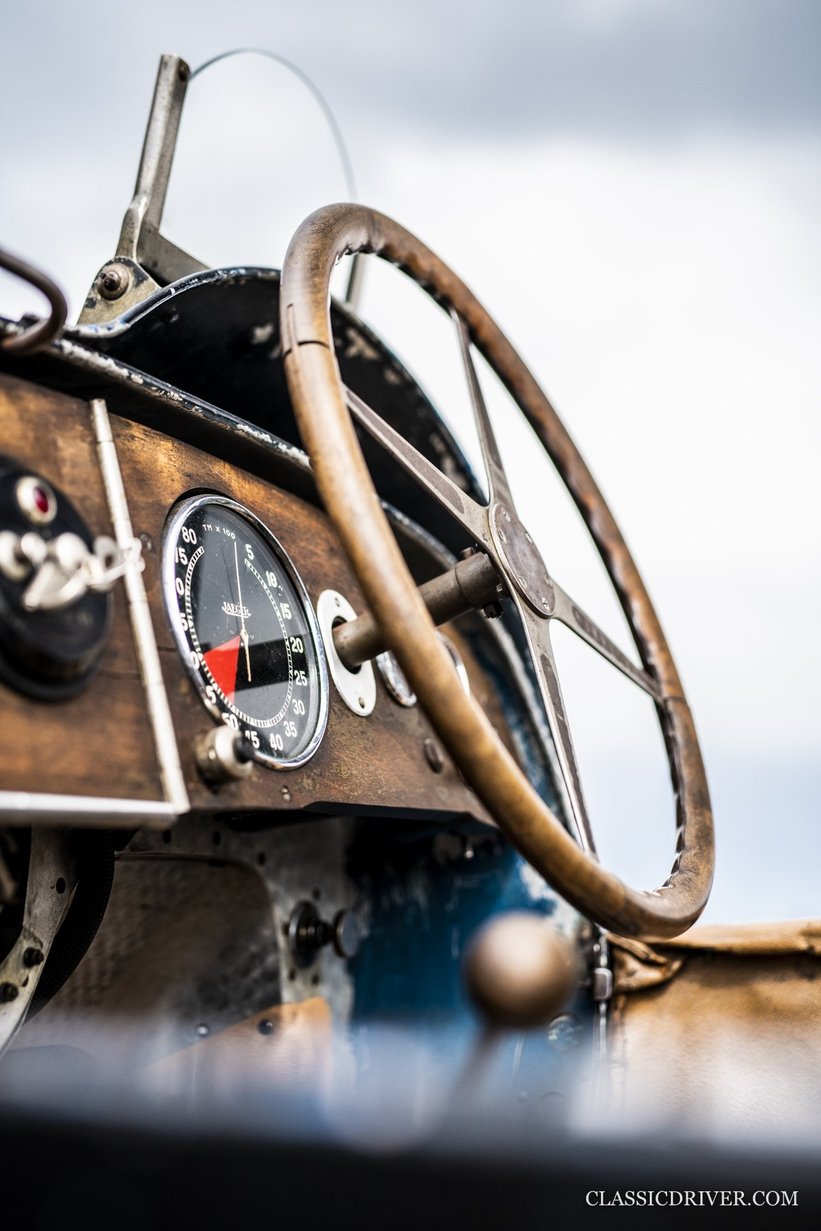
There is no doubt that this will be the star of the next Concorso d’Eleganza Villa d'Este, taking place on the shores of Lake Como from 20 to 22 May 2022. But what is it? The car before you is nothing less than the very first of the six Type 59 Bugatti Grand Prix cars, and the one that’s considered the most desirable of all, due to its remarkable race records, its captivating history, and its extraordinary condition.
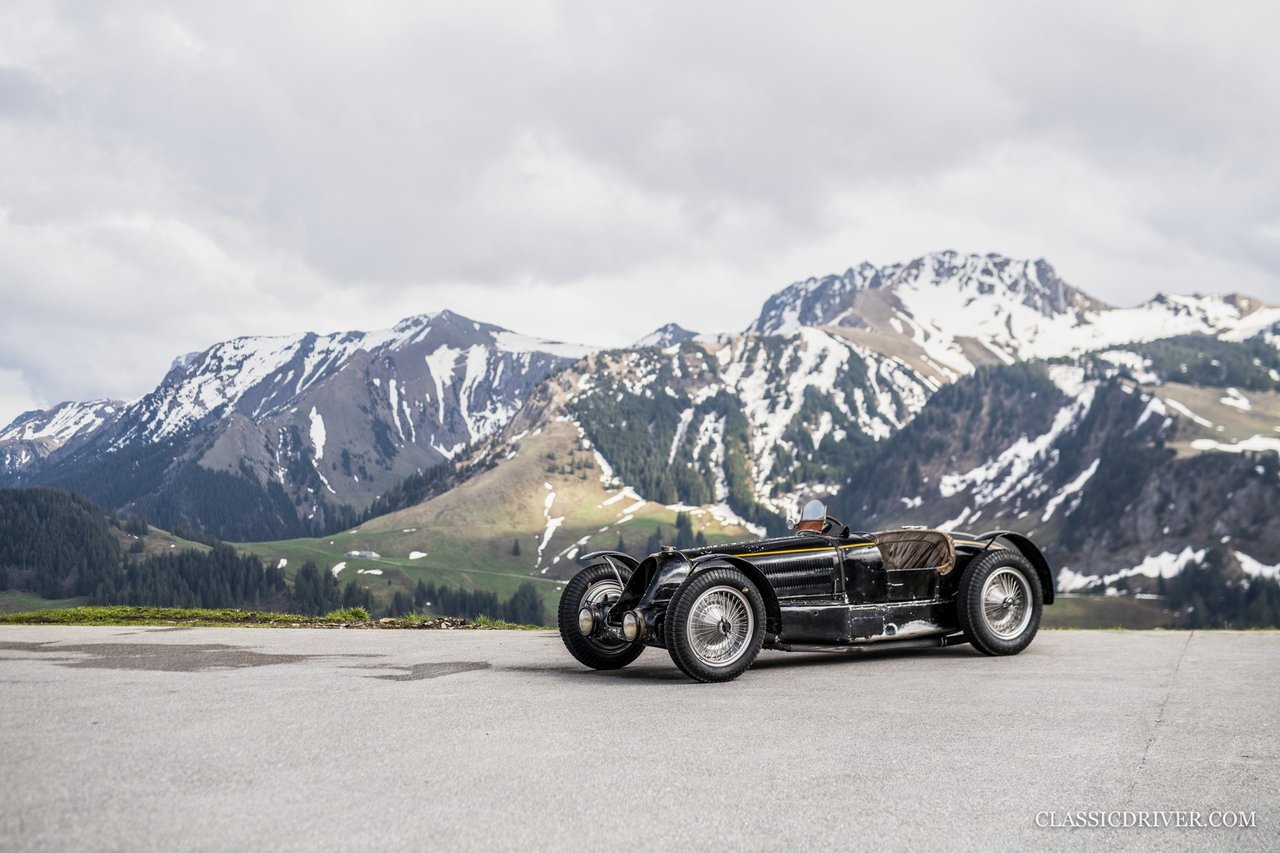
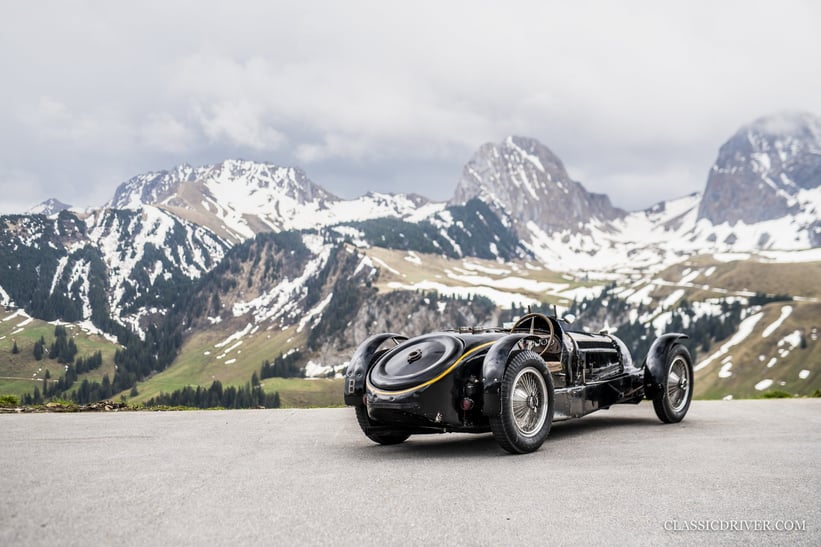

In the words of the representative of the extraordinary Pearl Collection, known for housing a stable of exquisite Molsheim pur-sangs: "This Type 59 Bugatti is the only factory-entered Grand Prix car converted into a sports car. It was driven by René Dreyfus, a great driver and a true hero as French resistance fighter. This fascinating car is in time-warp condition, and driving it is of course very special.”
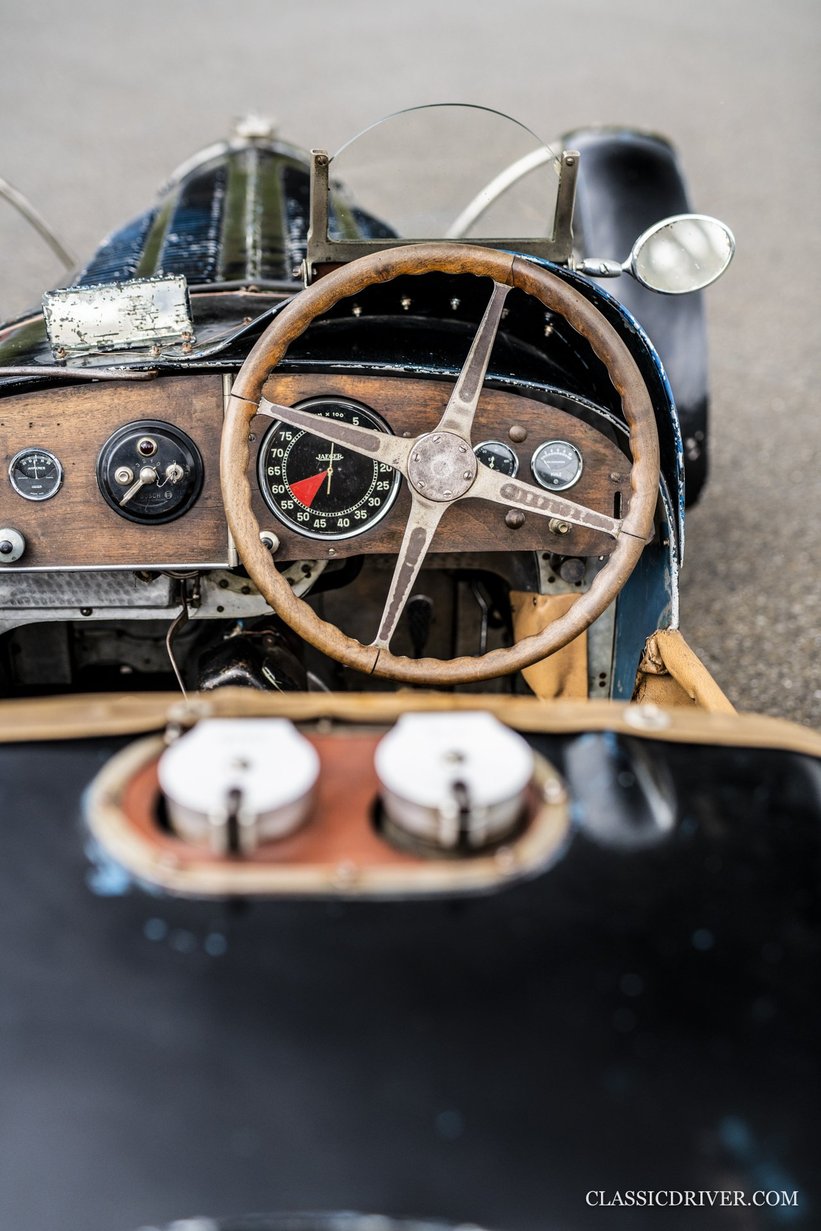
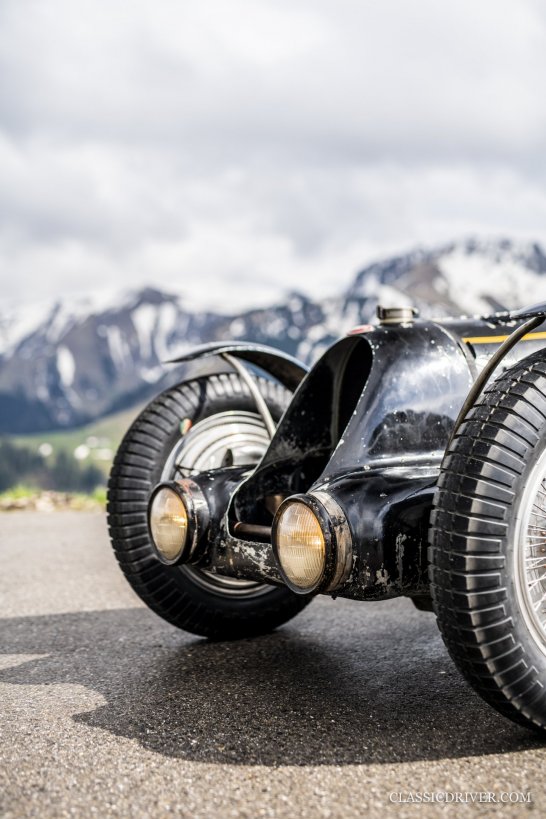
Indeed, this Type 59, presented on 24 September 1933 at the San Sebastian Grand Prix to counter the formidable Alfa Romeo Tipo B, was extraordinary in more ways than one: it was both a technical marvel and a design masterpiece, with its sleek, low lines surrounded by four iconic piano-wire wheels. The car was not only elegant, it was very fast too. Powered by a supercharged straight-eight cylinder engine and equipped with sophisticated shock absorbers this Type 59 boasted impressive performance, something the new custodian can only agree with: “The car is a huge step forward from the Type 35 and Type 51. It is much lower, much more comfortable too, and absolutely fabulous to drive.”



This Type 59 is a former factory Grand Prix car that was campaigned during the 1934-1935 seasons with the 3.3-litre engine number 5. René Dreyfus drove it to an outright win at the Belgian Grand Prix at Spa and also finished third that year at the Monaco Grand Prix. At the end of the season, facing stiff competition and struggling with poor finance, and despite the performance of their eight-cylinder compressor-engined Type 59s, Ettore Bugatti decided not to enter Grand Prix races any more. While four of the Type 59s were sold to English enthusiasts, the very first one was kept by Bugatti and converted into a sports car. In this process, Bugatti removed its supercharger and created a new body with motorbike wings, a single aero-screen, small headlights, side doors, and so on. He also fitted the car with a new remote oil tank, offering twin-pump lubrication, and a new four-speed dry-sump all-synchro gearbox with a central change.
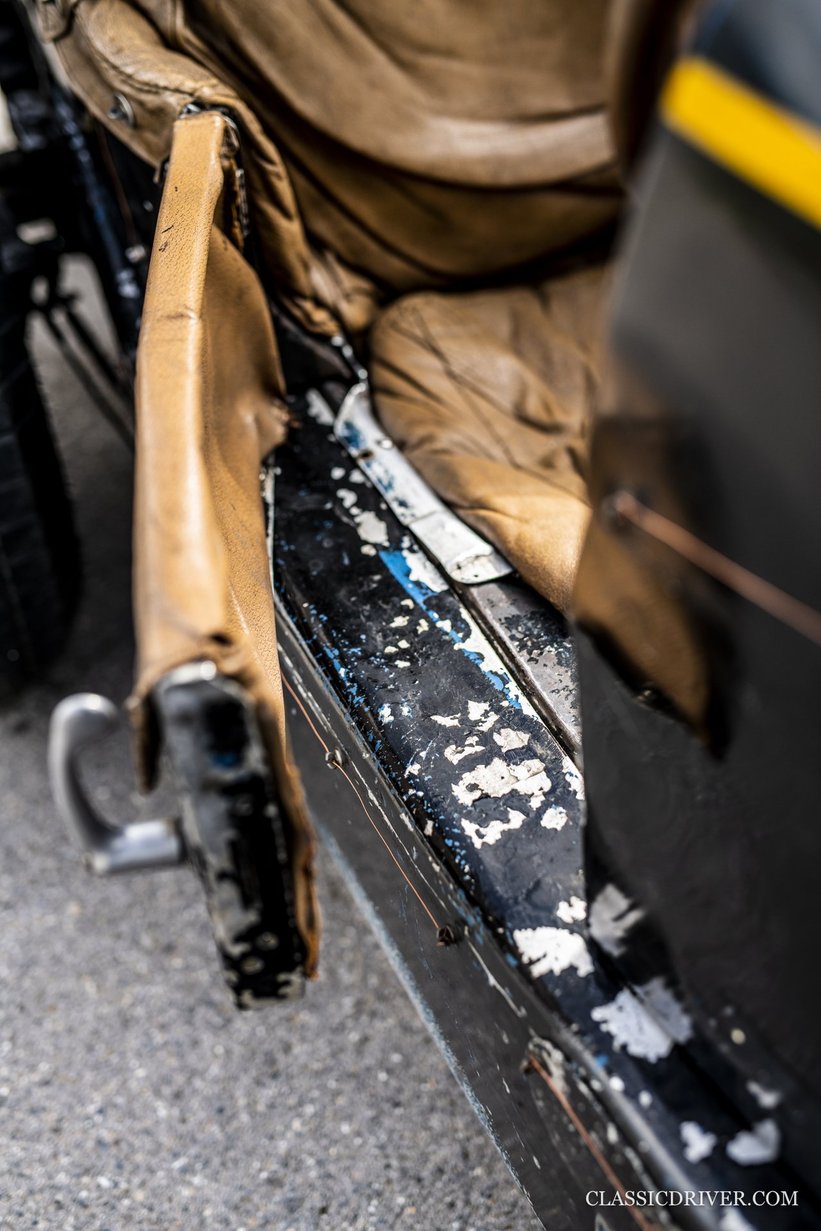
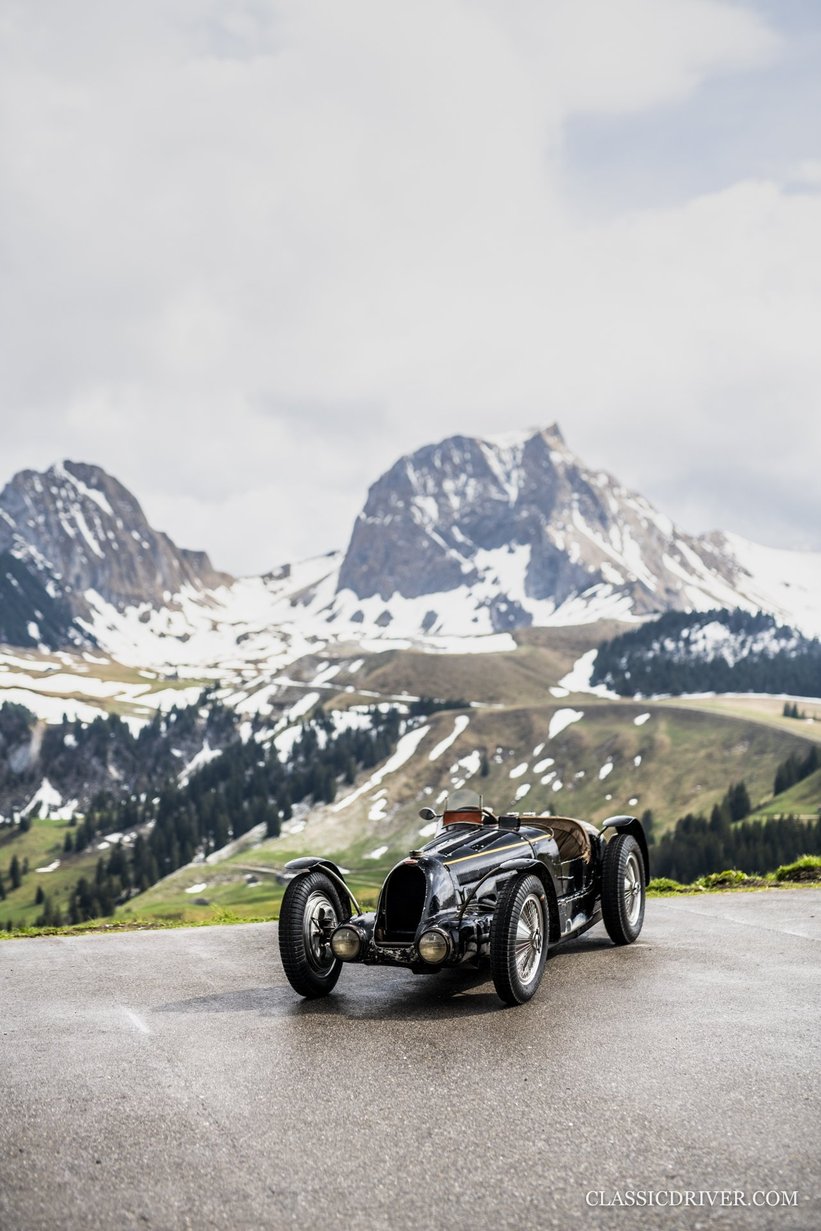
Now almost a two-seater, the Type 59 changed identity and was given the chassis number of a Type 57 - 57248. During the 1937 sports car season, Bugatti won numerous races, most notably on 21 February in Pau, where Jean-Pierre Wimille won a stunning victory over the Talbots and Delahayes. Affectionately nicknamed "La Grand Mère" by the mechanics in Molsheim, 57248 took part in the African campaign, winning the Algerian Grand Prix. On 18 July, Wimille drove the 59 for the last time at the Grand Prix de la Marne on the Reims circuit, finishing first, three minutes ahead of Divo's Talbot.
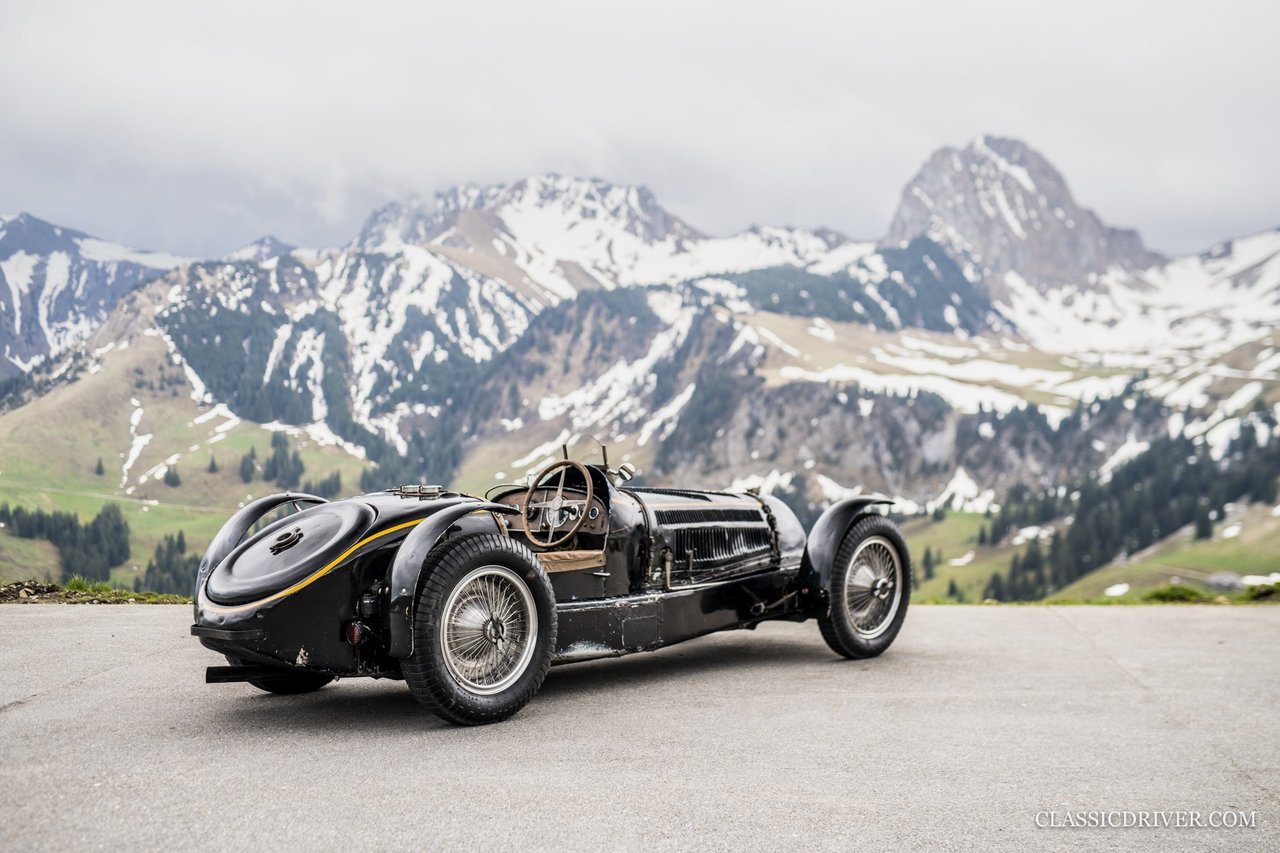
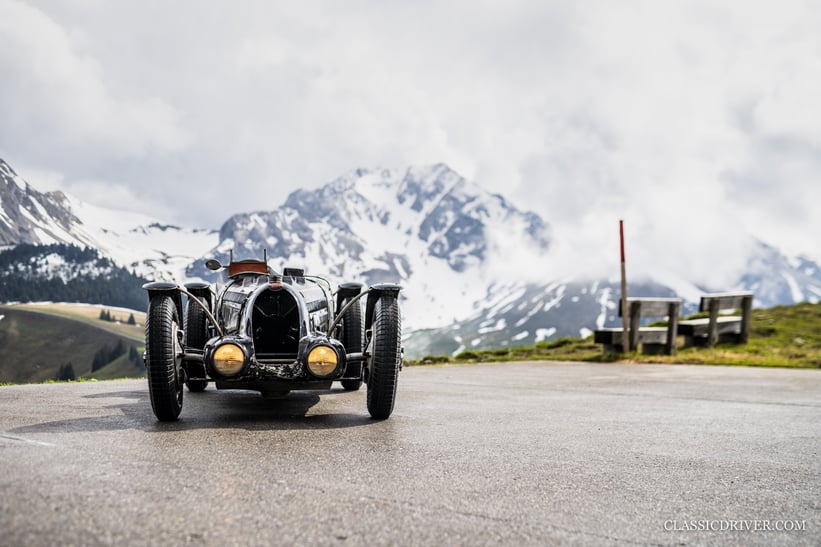
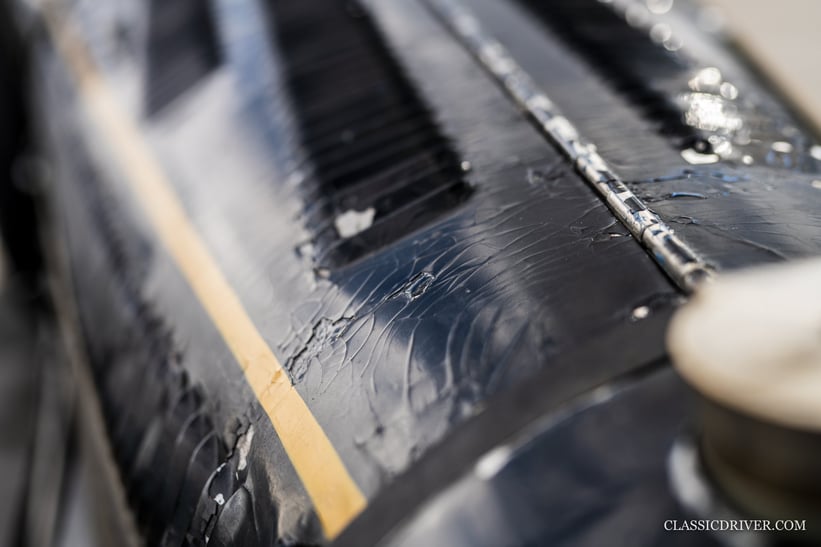
At the end of the season, King Leopold III of Belgium, a loyal Bugatti customer, acquired the Type 59. Of course, Ettore Bugatti was very proud to hand over his 59 to such a prestigious patron. The Bugatti was adorned with a new livery in black, the King’s favourite colour, with a yellow stripe reminiscent of the Belgian racing colours. No one really knows how the King used this high-performance car, but it is likely that the car was put into storage as the war approached. The King and his wife, Liliane Baels, were deported to Germany in June 1944. After the war, the royal family settled in Switzerland. It was not until 1959 that the former monarch moved to the castle of Argenteuil in the province of Brabant Wallon, where the Bugatti was part of the move. However, at that time, Leopold III's passion for sports cars was mainly devoted to Ferraris. In 1967 the Bugatti was sold to Stéphane Falise from Brussels, who kept it privately for twenty years. Falise was a lover of everything original, from his Le Corbusier’s home to his French sport cars. All were kept in time-warp condition, the cars were never polished, with their dents left intact, and were very probably never driven either.


In 1989, he sold the car to the American collector, Robert Rubin, known for keeping his cars in original condition while having a full mechanical overhaul. The car then became the property of Anthony Wang, another great collector of historic Ferraris, who then sold it to Belgian Hubert Fabri who, very respectful of the car's past, did not touch the bodywork either.
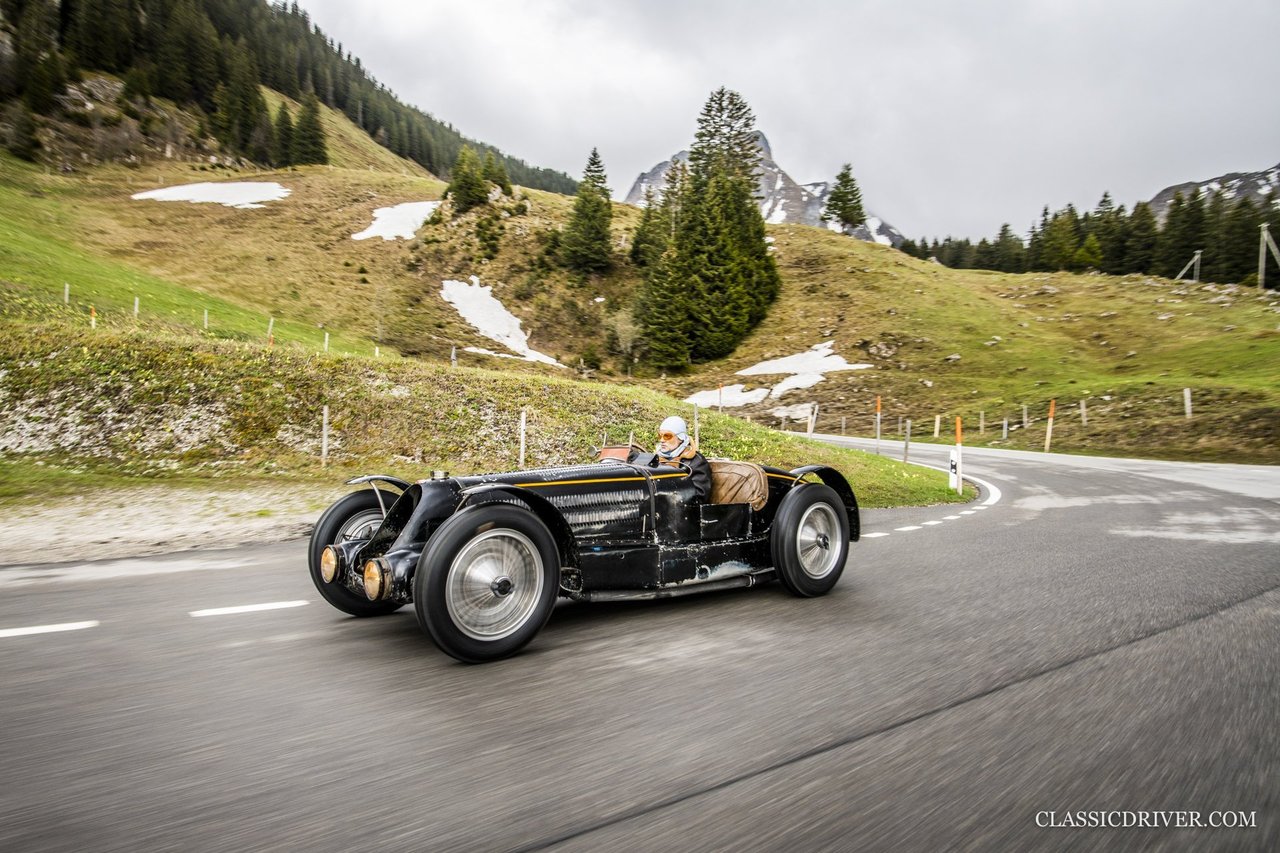
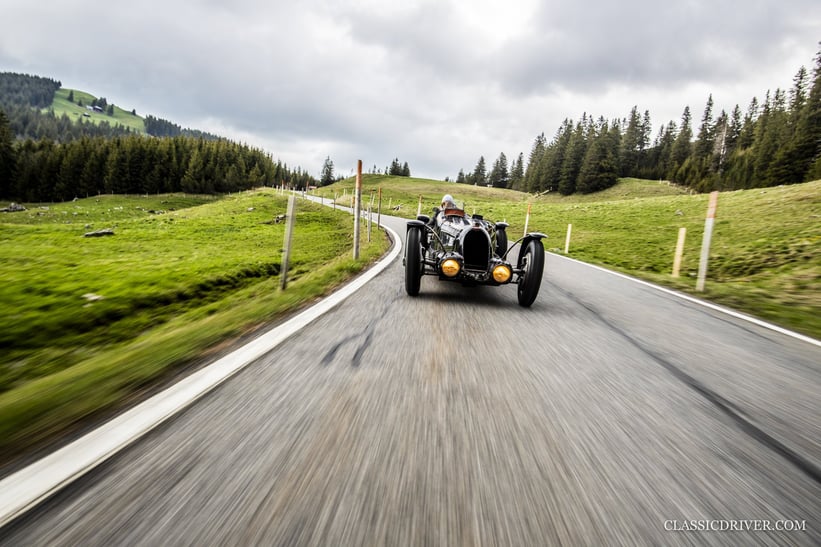

Now part of the sublime Pearl Collection, known for housing many jewels made in the Molsheim workshops, from the very first Bugatti born in 1899, to the latest Chiron Super Sport, the Bugatti Type 59 will fortunately keep its patina, as its happy custodian tells us: "Our first priority has been to fix the 83 year old paint, since we didn't want to lose extra chips. For that job, we hired Gundula Tutt from Germany, a car paint specialist who wrote a thesis on paint. The focus was to preserve the patina on this unique time-warp car.”
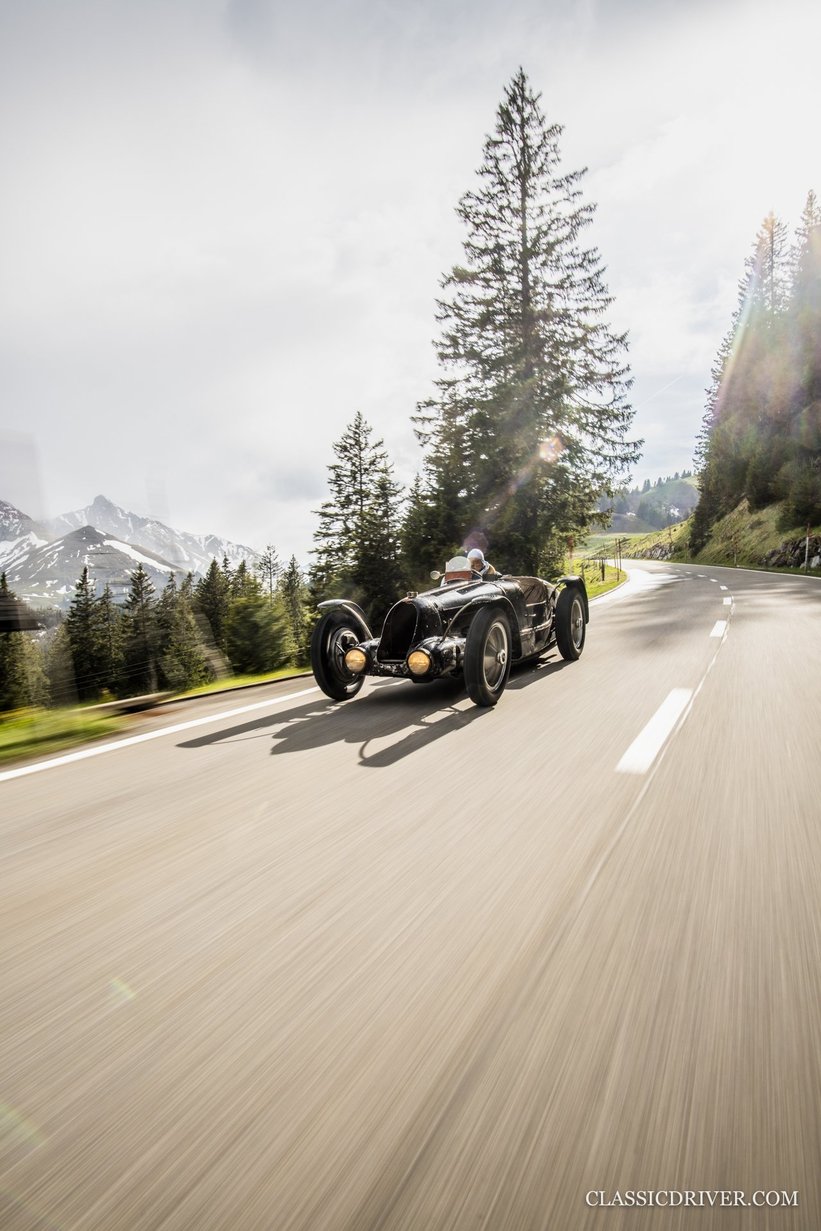

The owners of the Pearl Collection firmly believes that these cars need to be out in public.“They are important milestones in motoring history. As a custodian, we have a responsibility to show them to the younger generation. These cars belong to automotive industry and, in the end, to the public. After Villa d’Este, where it will be interesting to see how the jury reacts to an unrestored car, we plan to show it at Passione Engadina in August in Switzerland.” No doubt the car will create a stir on May 21 in Villa d’Este’s lavish courtyards, when its mighty eight-cylinder engine will roar again.
Photos: Rémi Dargegen for Classic Driver © 2022
